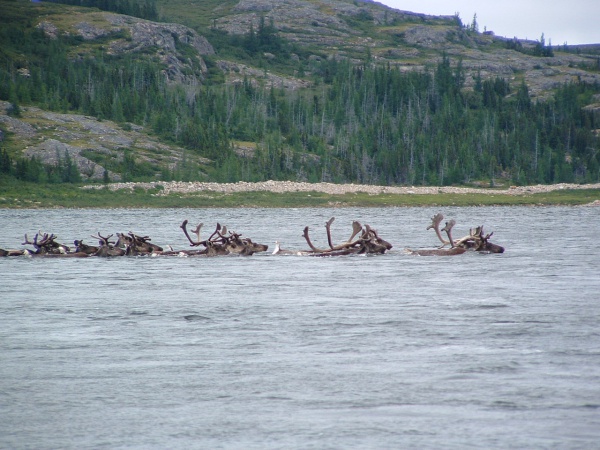Facts About Caribou, Reindeer
Reindeer, also known as caribou in North America, are captivating creatures inhabiting the Arctic, sub-Arctic, tundra, boreal forests, and mountainous regions of northern Europe, Siberia, and North America. These deer encompass various subspecies, each uniquely adapted to their specific environments. Reindeer are crucial to the ecosystem and indispensable to Arctic peoples, providing essential resources such as food, clothing, and shelter.
Both male and female reindeer grow antlers annually, although males typically boast larger ones. They possess special adaptations to thrive in their harsh surroundings, such as an efficient vascular heat exchange system and unique eyesight. Their diet shifts with the seasons; in the winter, they primarily consume lichens, while during other seasons, they feed on various vegetation and occasionally small animals.
Reindeer face numerous threats, including predators such as wolves, bears, and birds of prey, as well as pervasive parasites like mosquitoes. Recently, climate change has posed additional challenges, leading to population declines and habitat loss. Conservation efforts are underway to protect specific subspecies, such as the boreal woodland caribou and Peary caribou, which are currently threatened or endangered.
For centuries, reindeer have been intricately linked with human life, particularly among indigenous cultures where they are essential for survival and cultural practices. Reindeer herding is a traditional way of life for many Arctic and sub-Arctic communities, providing food, transportation, and materials for various uses. In northern regions, reindeer meat is a staple food, and different parts of the animal are utilized for diverse purposes.
In popular culture, reindeer are famously associated with Christmas traditions, like Santa Claus's flying reindeer. They also appear in folklore, art, and heraldry, symbolizing strength, resilience, and adaptability. Reindeer hold a special place in the hearts of many, representing the spirit of the Arctic wilderness and the enduring bond between humans and nature.

 Kazakhstan
Kazakhstan